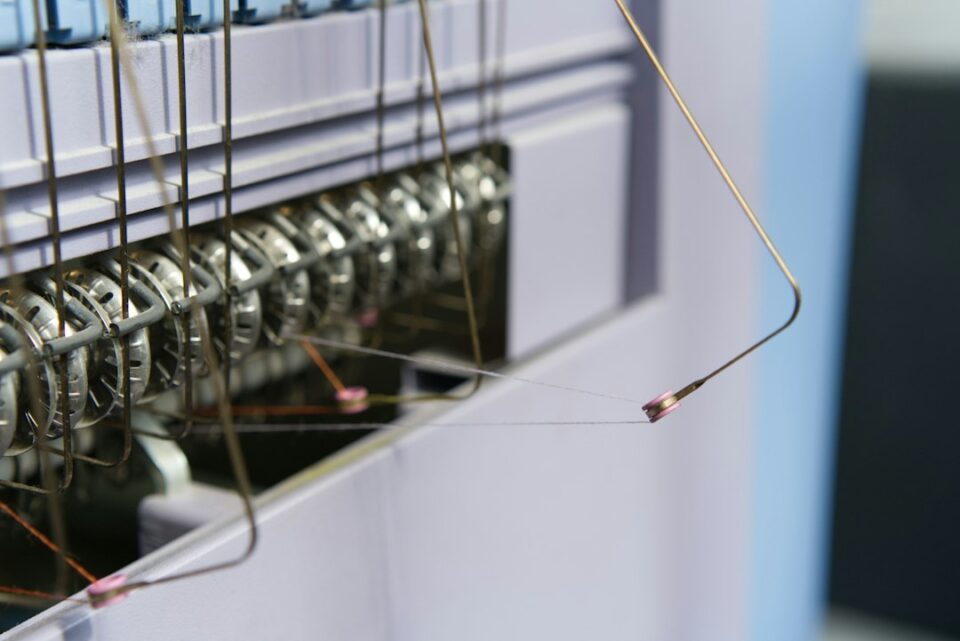The Benefits and Applications of Biometric Identification in Ensuring Security
In today’s rapidly evolving world, security is of paramount importance. Whether it is protecting personal information, securing access to restricted areas, or enhancing border control, the need for foolproof identification solutions has become crucial. Traditional identification methods such as passwords and PINs are no longer reliable as they are prone to theft or forgotten easily. This is where biometric identification steps in as an innovative and highly secure solution.
Biometric identification is the process of using an individual’s unique physiological or behavioral features to verify their identity. These features include fingerprints, palm prints, facial recognition, iris scans, and voice patterns. Leveraging this advanced technology has numerous benefits and applications in various sectors.
First and foremost, biometric identification systems offer unrivaled accuracy. Each person’s biometric data is unique, making it nearly impossible to forge or duplicate. This eliminates the risk of unauthorized access, identity theft, and fraud. For instance, when a fingerprint is scanned, the biometric system compares the captured scan with the pre-registered data. If there is a match, access is granted; otherwise, it is denied. This ensures only authorized individuals can enter secure areas or access sensitive information.
Moreover, biometric identification systems provide a high level of convenience. Unlike traditional methods, users do not need to remember and regularly update passwords or carry identity cards. Biometric traits are inherent to an individual, making the process seamless and effortless. For example, a face recognition system can quickly and accurately identify individuals without them having to touch a device or input any information. This not only saves time but also enhances user experience, especially in crowded areas such as airports or stadiums.
Biometric identification has found wide-ranging applications in various industries. In border control, it has significantly enhanced security measures. Immigration systems equipped with biometric scanners verify passengers’ identities quickly and accurately, minimizing the risk of imposters entering the country. Additionally, biometric identification has played a crucial role in law enforcement agencies by aiding in investigations and helping identify suspects. Rapid and accurate identification of criminals has become possible through databases of fingerprints and facial recognition systems.
The financial sector has also embraced biometric identification systems to combat fraud and ensure secure transactions. Biometric authentication is being integrated into mobile banking apps, allowing individuals to log in using their fingerprints or face scans. This dual-factor authentication drastically reduces the chances of unauthorized access to personal banking information. Furthermore, ATMs are increasingly incorporating palm prints or iris scans to prevent card skimming and the use of stolen PINs.
Biometric identification is not limited to physical access control; it is also transforming the healthcare industry. Electronic health records are being secured using fingerprint or iris scans, protecting patients’ sensitive data from breaches. Biometric identification has also resolved the issue of patient misidentification, significantly reducing medical errors and enhancing the quality of healthcare.
The applications of biometric identification are not limited to just security-related fields. Educational institutions have started implementing biometric attendance systems, eliminating the possibility of students marking attendance on behalf of others. This ensures fairness and accuracy in tracking attendance records. Similarly, biometric time and attendance systems have gained popularity in the corporate world, streamlining payroll processes and discouraging time theft.
While biometric identification offers multiple benefits, there are concerns surrounding privacy and data protection. It is important to regulate the use of biometric data and ensure that strict security protocols are in place. Biometric information should be encrypted and stored securely to avoid any unauthorized access or breaches.
In conclusion, biometric identification systems have revolutionized security measures across various sectors. The accuracy and convenience they provide make them invaluable in ensuring secure access, identity verification, and preventing fraud. From border control and law enforcement to finance and healthcare, the applications of biometric identification are vast and continue to grow. However, it is essential to address concerns regarding privacy and data protection to fully harness the benefits this technology offers.

